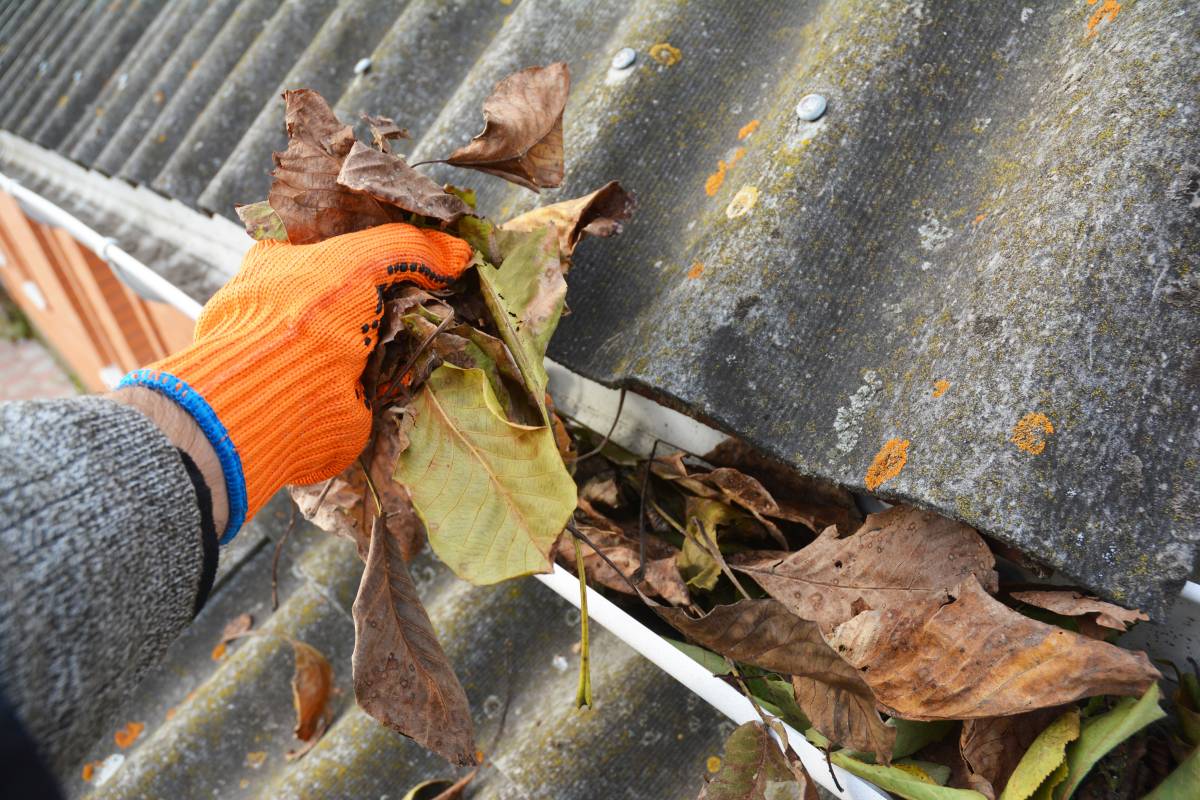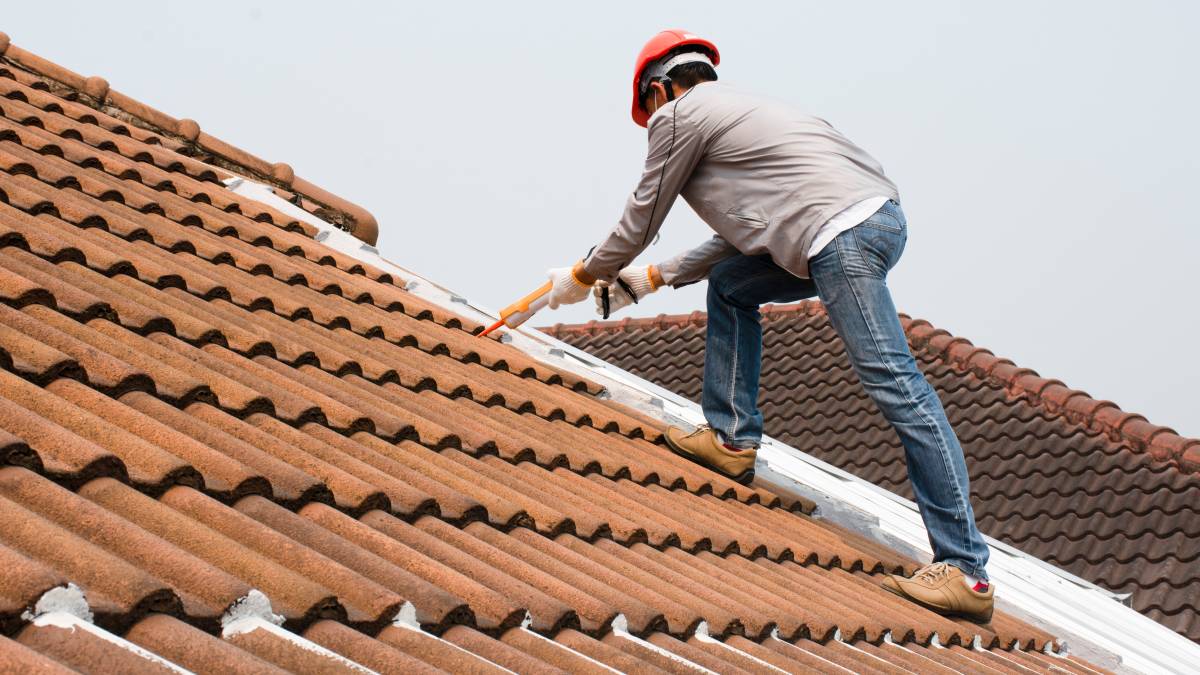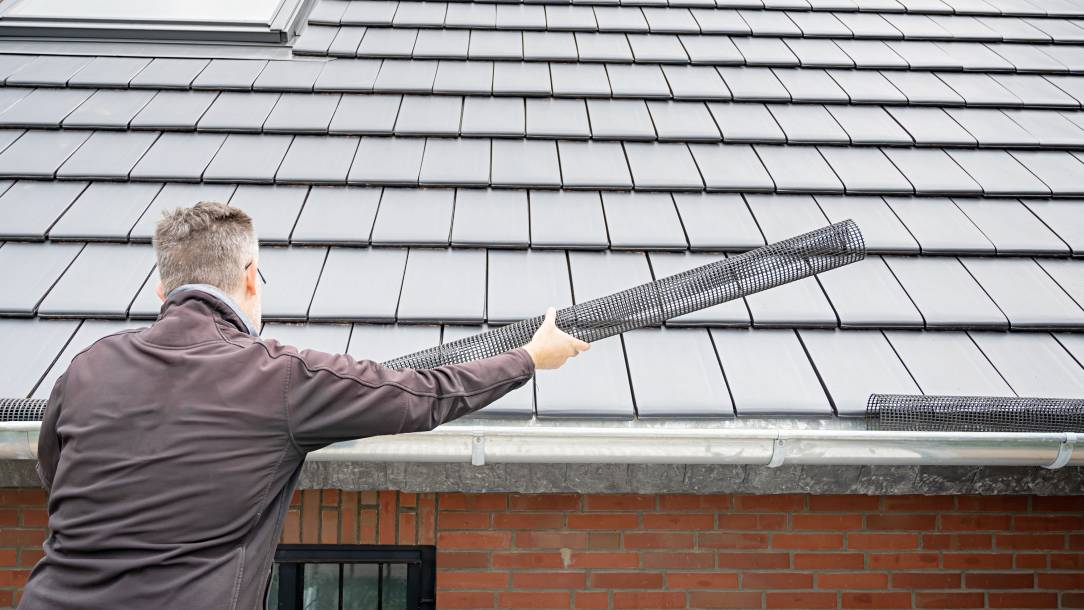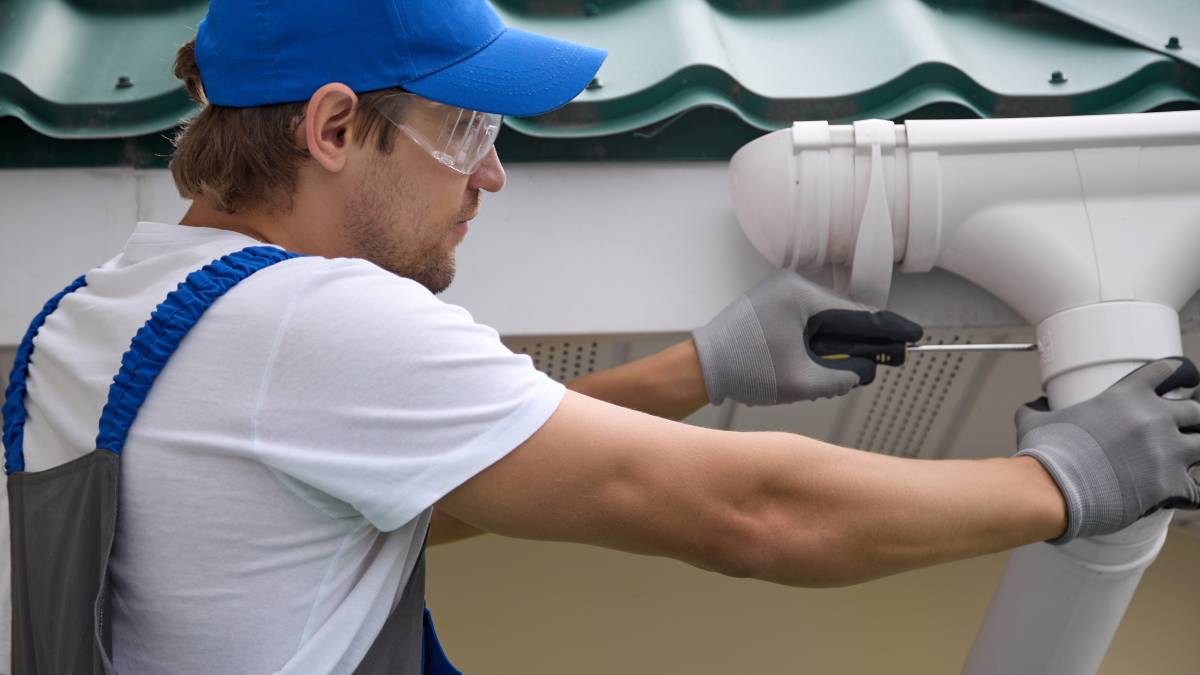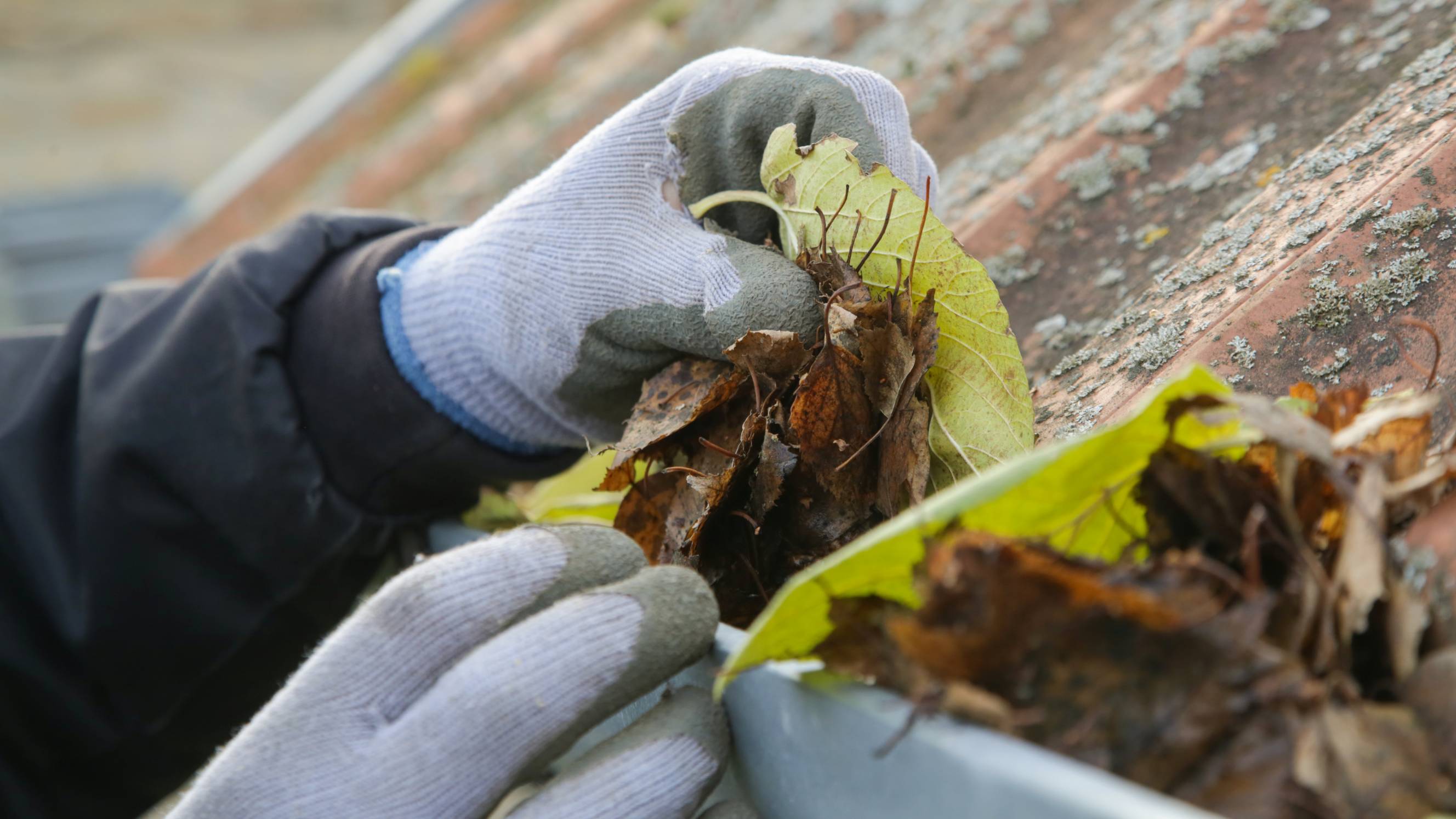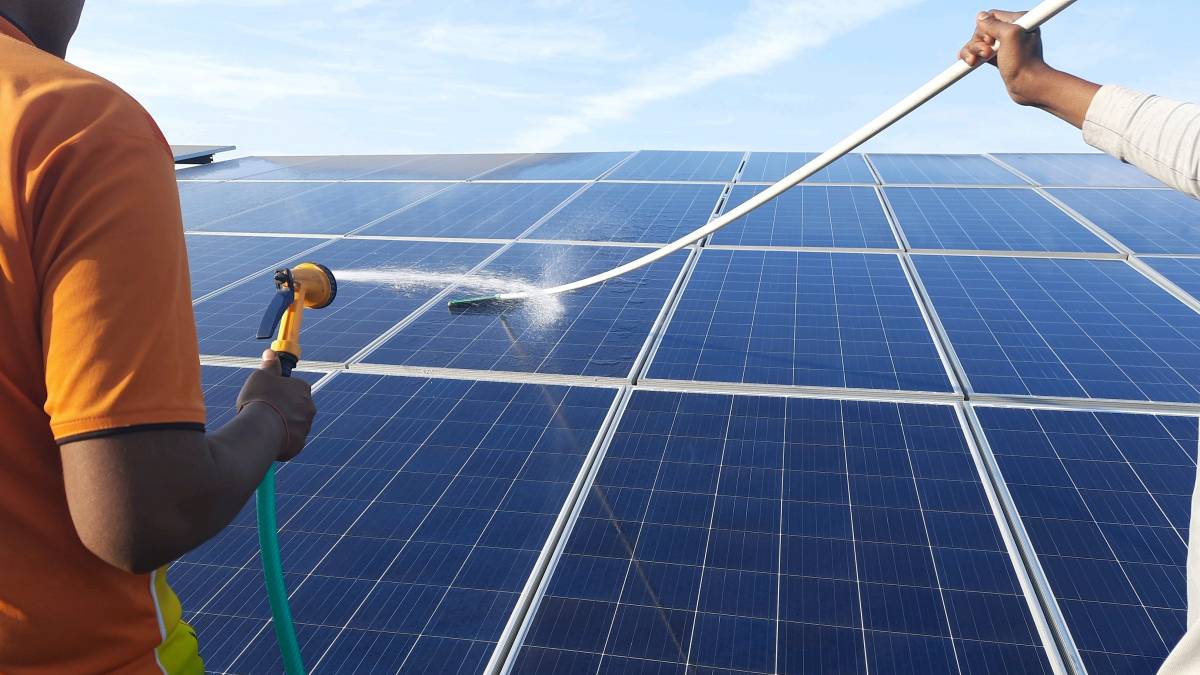- Home/
- Guides/
- Roof Repair/
- Roof Leak Repair

How to fix a leaking roof
Find a roof repair contractorLast Updated on
As a result of the recent storms along the east coast of Australia, there have been an increasing number of households dealing with major roof leaks. A leaking roof can be a stressful and uncomfortable experience. Apart from the trouble, a roof leak puts your property at risk whilst mould and mildew growth can also trigger respiratory problems. For your safety and comfort, it’s important to repair your roof leaks as soon as possible.
If you find yourself in this situation, know that there are things you can do to mend a roof leak. Read on to find out the immediate steps to take when you spot a leaking roof and how to fix it.
Immediate steps when your roof is leaking
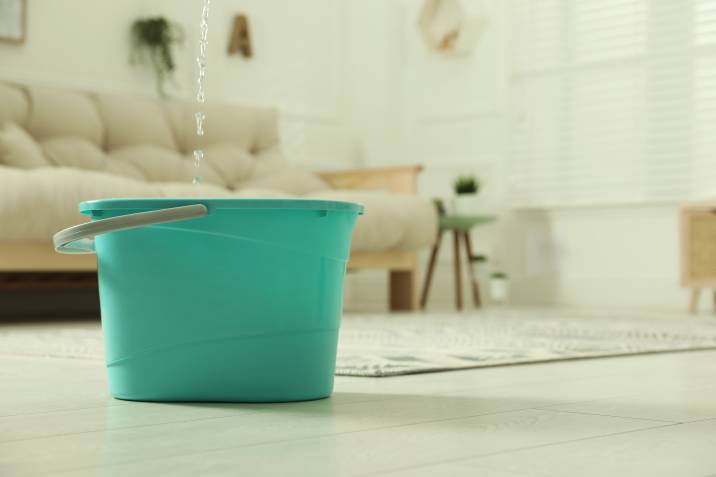
If you see a sagging spot on your ceiling due to heavy rain, it’s better to poke one or a few holes in the area using a screwdriver. This way, you can let the water drip in a bucket. Letting water sit in the ceiling will be more disastrous for your property.
Containing the water and keeping the rest of the house dry are essential to maintain at least a certain level of comfort inside your home. Consider these steps as the first-aid to roof leak repair before you get to the real deal.
4 Steps to fix a leaking roof
The scale of this roof leak repair depends on the gravity of the issue. In this section, you’ll learn how to fix a leaking roof yourself, even if you have zero experience with this task.
Step 1: Identify the source of the roof leak.
Sometimes, a roof leak reveals itself through dripping water or visible stains on the interior ceilings. Other times, it could be harder to locate. Here’s what you can do to trace the source of a leak:
Check the attic or crawl space if you have one.
Make your way up there with a flashlight and check if the roof deck is wet or has developed mould, mildew, or water stains. Remember the area where you’ve spotted these marks since you will be checking its exterior when you head to the roof.
Check the roof exterior.
If possible, carefully go up the roof to inspect its overall condition. Don’t forget to wear safety gloves and rubber boots for your protection each time you check the roof.
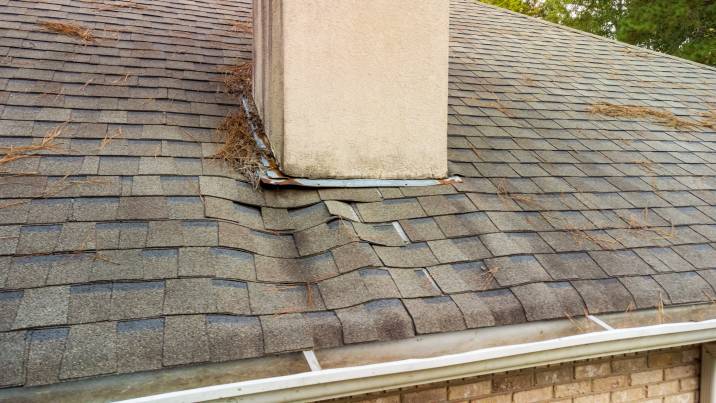
Assess the shingles for cracks and upward or downward curling.
Check if metal flashings for chimneys and attic fans are still aligned.
Make sure your gutters aren’t clogged. If your gutters ARE clogged, you may have found the leak source.
If you still can’t pinpoint where the leak is coming from, get a family member to help you detect leakage inside the house. Do this by using a hose to soak various roof sections one by one.
You can contact a roof repair professional if you still can’t find the source of your roof leaks.
Step 2: Repair or replace damaged roof vents.
If, upon inspection, you find cracked housings on roof vents, or you’re missing a nail or two to keep them attached to the roof, here are some tips you can apply:
Replace loose or missing nails with screws and rubber washers.
For a quick fix, apply caulk to cracked housings. Then, have a roof repair expert perform a more permanent fix on your roof.
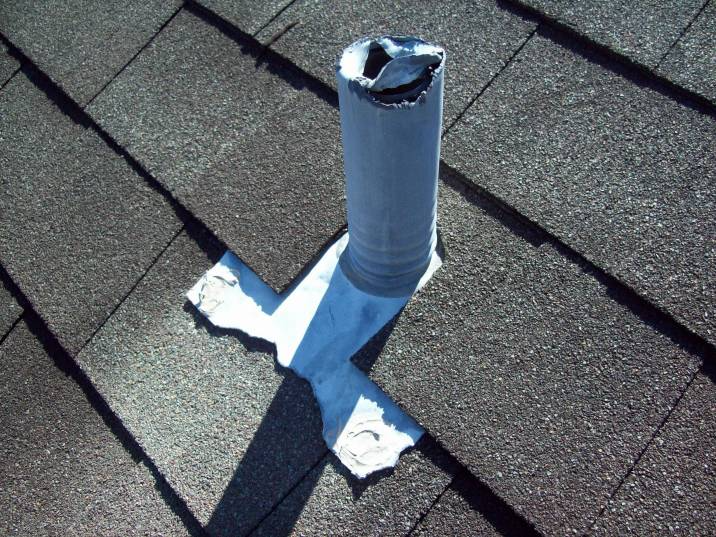
-
For a permanent repair, it’s best to install a new roof vent.
Pull out the nails holding down the vent with a pry bar. Once dislodged, remove the damaged vent.
Locate the bottom of the vent’s flashing, then smear roofing cement or strong weatherproof sealant on the area.
With the help of a family member, carefully roll back and part the shingles as you slide in the new vent. Secure it in place with nails. Once done, apply sealant or cement on top of the nails.
Step 3: Mend issues with your roof shingles or install new ones.
You can use roof flashing to repair small holes caused by a satellite dish or antenna. Place the flat material underneath the affected shingles to redirect water elsewhere. Seal minor gaps in between shingles with a long-lasting sealant.
If your roofing issue is bigger than just some tiny holes in the shingles, consider removing the damaged ones and installing a new set.
Using a pry bar, pull out the old shingles you intend to replace toward the roof’s highest point.
Once removed, lay the new set of shingles in place. Smear roofing tar or cement along the bottom of the shingles, and nail down to properly fasten each one.
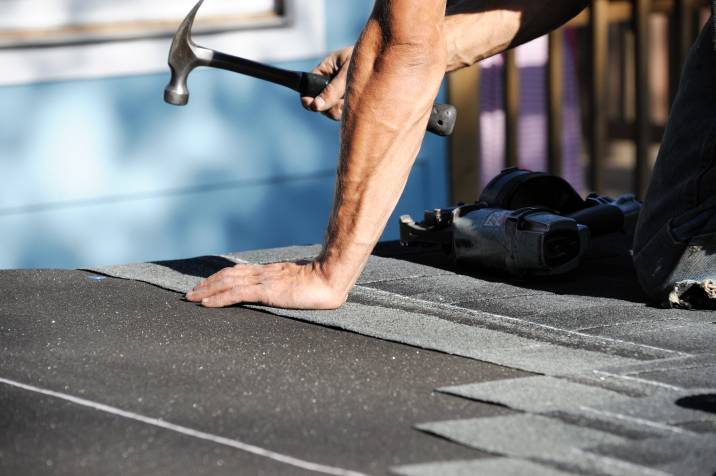
It’s possible to find more evidence of the roof leak from the inside after removing at least two rows of shingles above the suspect area. If you see roofing paper discolouration, water stains, and rotting wood in the roof deck, proceed to step four.
Step 4: Replace your dilapidating roof deck.
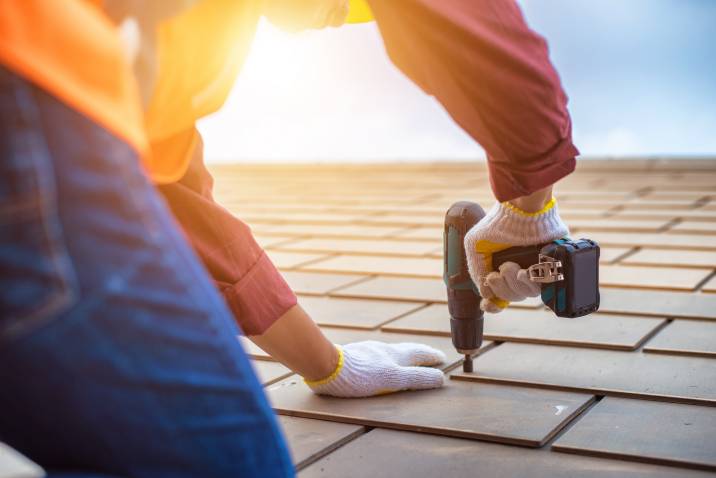
After tearing off the shingles and identifying roof deck damage as the problem, here are the next steps:
Remove a section of the roofing paper to uncover the roof deck.
Mark the area of the plywood that you will get rid of. Then, begin cutting the worn-out roof deck using a circular saw and remove the nails from the cut-out section with a pry bar.
Make sure the measurements of the new roof deck patch are correct. An easy trick would be to use the newly-removed roof deck as your template.
Once you are certain about the dimensions of your new roof deck patch, nail it down on the rafters or internal beams of the structure.
Complete the project by applying roofing paper on top of the new deck patch and installing new shingles.
Need help with roof leak repair?
The condition of your roof greatly affects the comfort and security you feel at home, so you should properly address roof leaks right away. If you find the task too complicated, tiresome, and time-consuming, don’t worry! Put up a task today, and feel safe and dry inside your home again in no time.
FAQs on roof leaks
If you keep putting off roof leak repair, nasty moulds will start to develop, causing possible destruction to your walls and floors. Prolonged roof leaks can also lead to other structural issues. Besides that, the mere presence of mould can bring down your property’s value should you decide to sell or get an equity loan. Also, expect to see a rise in your electricity consumption as the water build-up affects your insulation system.
Temporary roof leak repairs can be done inside your home. First off, find out where the leak is coming from. Then, patch up any holes with materials such as plywood, spare shingles, and roofing tar. For a quicker fix, you can also use sealants and adhesives readily available in a local hardware store. A roof repair specialist can do a more thorough repair of your roof.
Find roof repair contractors, fast
Find a roof repair contractor
Related articles
Related price guides
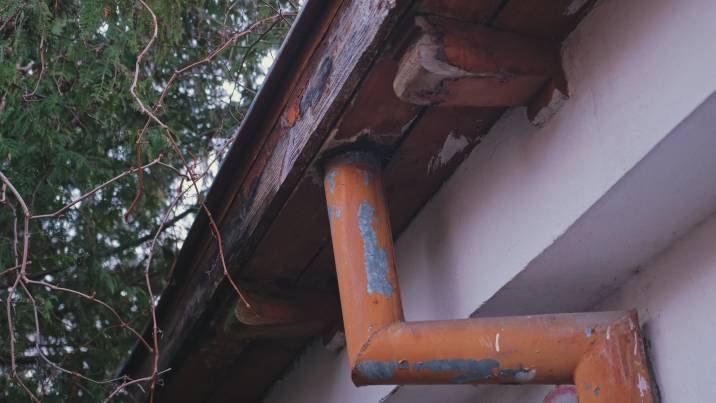
How much does a gutter repair cost?
Read more

How much does roof repair cost?
Read more
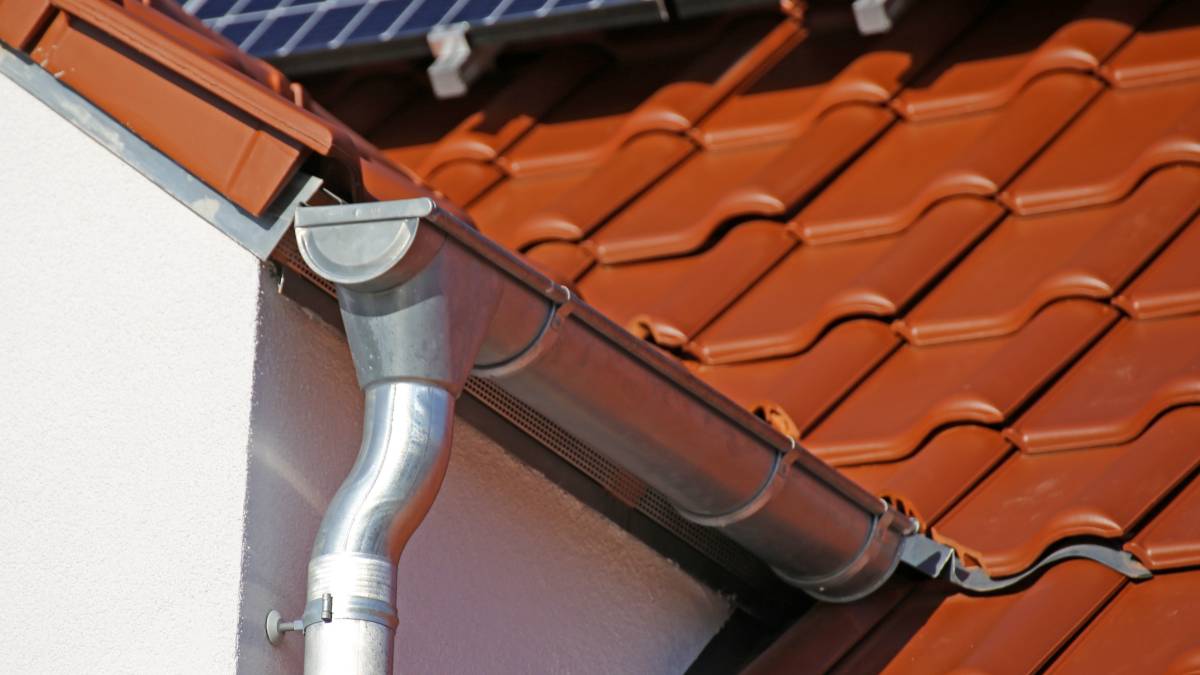
How much does roof plumbing cost?
Read more
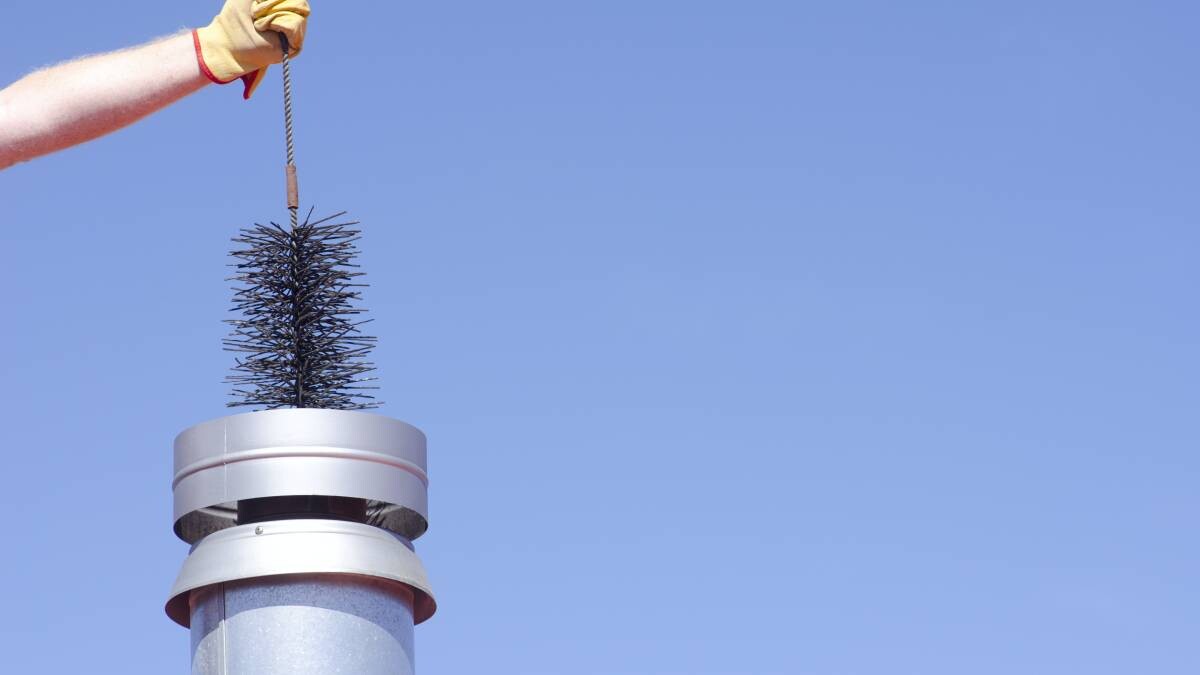
How much does a chimney sweep cost?
Read more
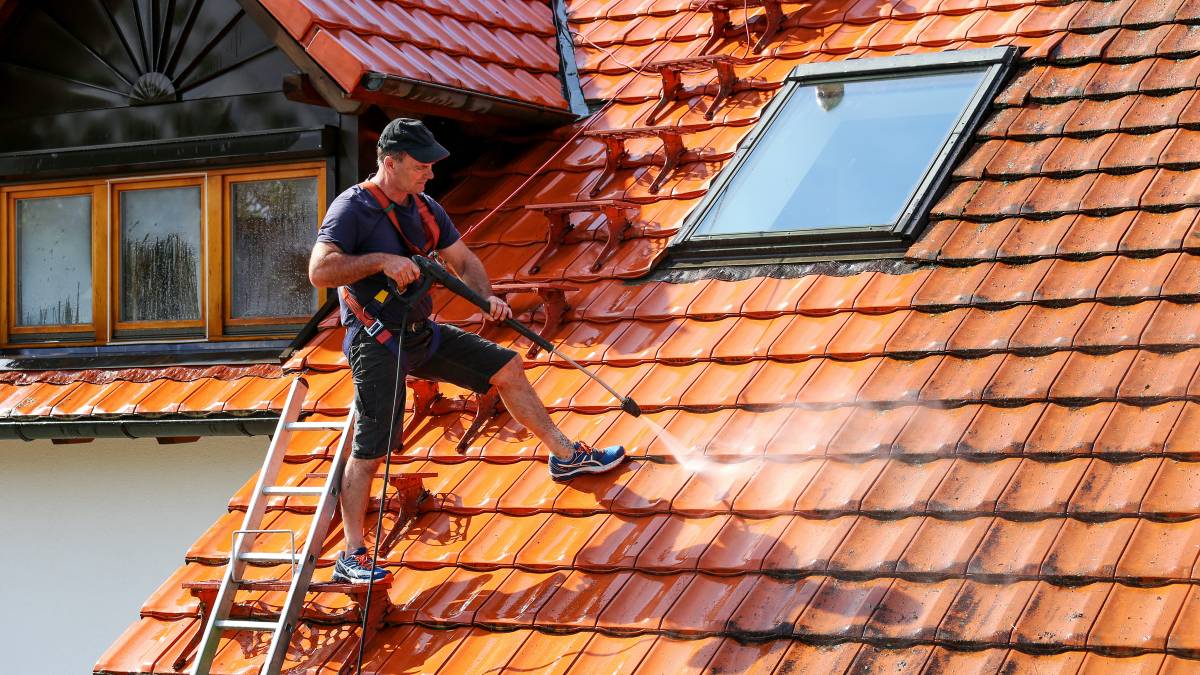
How much does roof cleaning cost?
Read more

How much does insulation cost?
Read more
